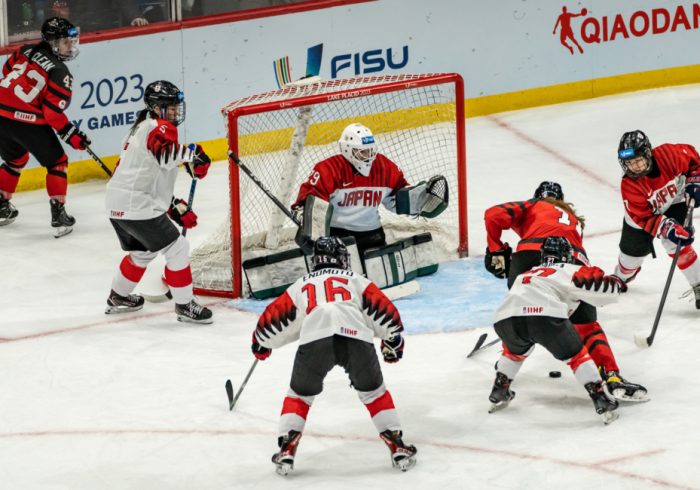Soccer, also known as football, is one of the most popular sports around the world. With an estimated 4 billion fans, it has a huge global following and has become more than just a game – it is a unifying force that brings people from diverse cultures and backgrounds together. This sense of unity is reflected not only on the field but also in how soccer is broadcasted and represented in media.
In recent years, there has been a growing movement to celebrate diversity and inclusivity in sports media, including soccer broadcasting. This involves showcasing different cultures and perspectives through various channels such as television broadcasts, social media platforms, and online streaming services.
One of the ways this is being achieved is through diverse representation of commentators and analysts. In traditional soccer broadcasting, we often see male-dominated panels analyzing games with little to no diversity in terms of gender or race. However, this trend is slowly changing as more women are breaking into the industry as analysts and commentators. This not only provides representation for female fans but also offers unique insights and perspectives on the game.
In addition to gender diversity, there has been an increase in racial diversity among broadcasters as well. This 해외스포츠중계 includes hiring commentators from different ethnic backgrounds who bring their own cultural experiences to their analysis of matches. It is important for viewers to see themselves represented on screen because it can inspire them to pursue careers in sports media or simply feel included in something they love.
Moreover, networks have also started incorporating bilingual commentary during games – particularly for international tournaments such as the World Cup – catering to viewers who may not be fluent in English or prefer listening to commentary in their native language. This adds another layer of inclusivity by acknowledging that soccer fans come from different linguistic backgrounds.
Apart from improving representation behind the camera, there have been efforts made towards better cultural representation on screen during broadcasts. An example of this can be seen during major tournaments where countries’ flags are displayed next to players’ names, allowing viewers to easily identify players’ nationalities. This small but powerful addition to soccer broadcasts highlights the diversity and global nature of the sport.
Furthermore, there is an increasing trend of featuring diverse stories and backgrounds of players during halftime shows or pre-game segments. This not only adds a human side to the game but also showcases different cultures and life experiences represented in the sport. It is a refreshing change from the traditional focus on statistics and scores.
The influence of social media cannot be ignored when it comes to sports broadcasting and representation. With platforms such as Twitter, Instagram, and YouTube, soccer fans now have access to diverse content created by fans all over the world. This allows for a more multicultural viewing experience as fans share their reactions, opinions, and analyses using their own cultural lens.
In conclusion, soccer broadcasting has come a long way in terms of celebrating diversity and inclusivity. From representation behind the camera to cultural representation on screen, networks are making conscious efforts towards creating a more inclusive viewing experience for fans around the world. By highlighting diverse voices and perspectives in sports media, we can strengthen unity among cultures through our shared love for soccer.



